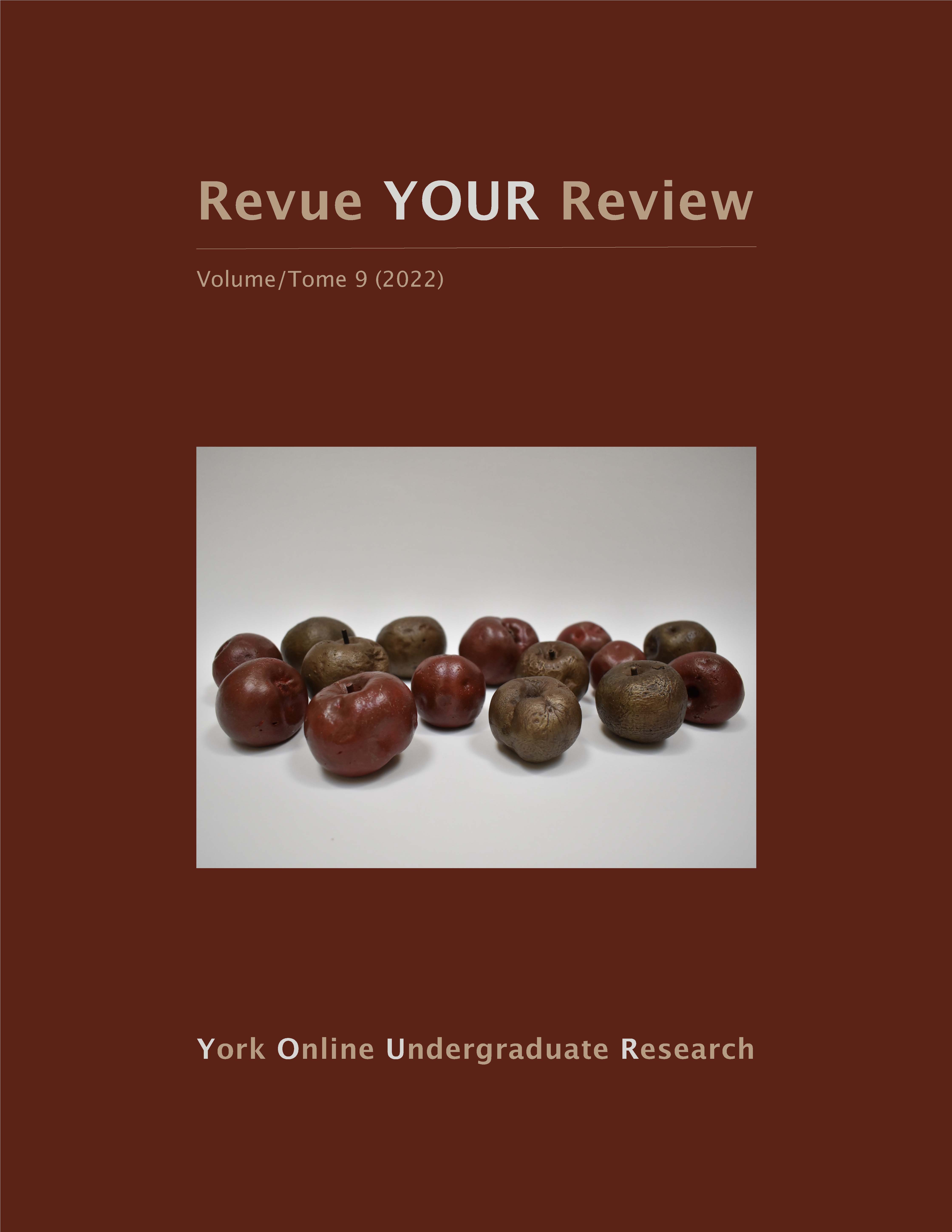Exploring the Wind-Evoked Escape Response in Cockroaches
Abstract
This paper explores the wind-evoked escape response behaviour in cockroaches through the lens of Tinbergen’s four questions: adaptation, phylogeny, mechanism, and ontogeny. Research for this project has been compiled through a literature review of scholarly articles. Research into adaptation (how the trait increases the fitness of the species) of behaviour serves the cockroach as it permits the creature to escape predators and survive. Examining the phylogeny (how a certain trait evolved) reveals that only some cockroaches have developed the specific response. Two potential theories were found. One postulates that the evolution of a thinner cuticle increased the need for the behaviour and the other attributes it to an evolution in wings. The mechanism of the behaviour (the underlying biological function) is widely understood through the numerous studies previously conducted. Examining the ontogeny of the behaviour (lifetime development) produced conflicting results. Some studies indicate that younger cockroaches have a stronger escape response while others state that it is older cockroaches. Further research needs to be conducted into the questions of phylogeny and ontogeny to better understand this behaviour.
Downloads
Published
How to Cite
Issue
Section
License

This work is licensed under a Creative Commons Attribution-NoDerivatives 4.0 International License.
Authors contributing to Revue YOUR Review agree to release their articles under one of three Creative Commons licenses: Creative Commons Attribution 4.0 International; Creative Commons Attribution-NonCommercial 4.0 International; or Creative Commons Attribution-NoDerivatives 4.0 International. All editorial content, posters, and abstracts on this site are licensed under Creative Commons Attribution-NoDerivatives 4.0 International. For further information about each license, see:
https://creativecommons.org/licenses/
In all cases, authors retain copyright of their work and grant the e-journal right of first publication. Authors are able to enter into other contractual arrangements for the non-exclusive distribution of the e-journal's published version of the article (e.g., post it to an institutional repository or publish it in a book or in another journal), with an acknowledgement of its initial publication in this e-journal.


